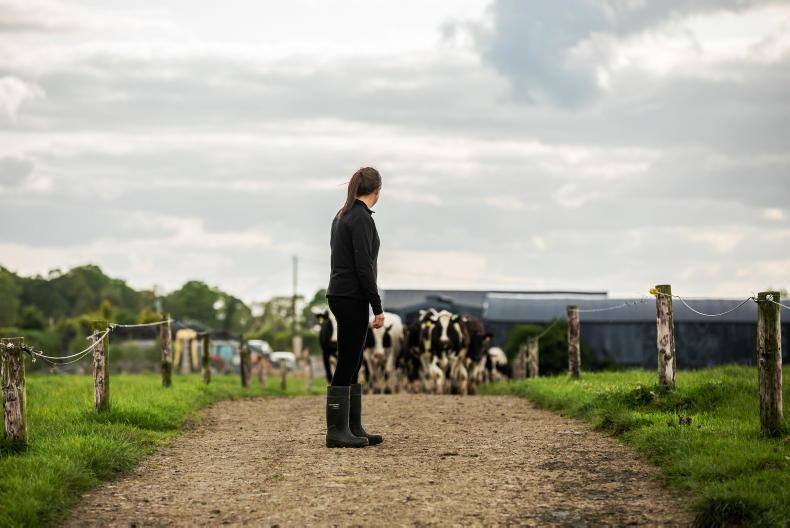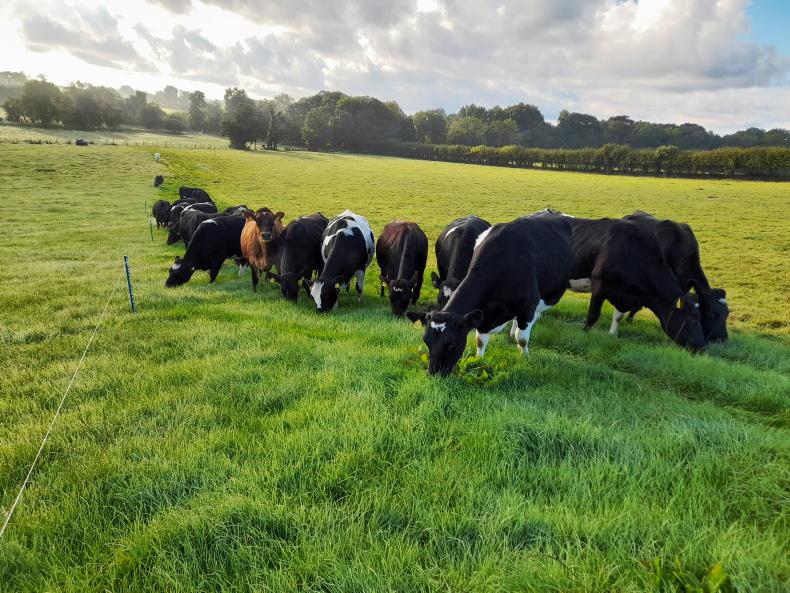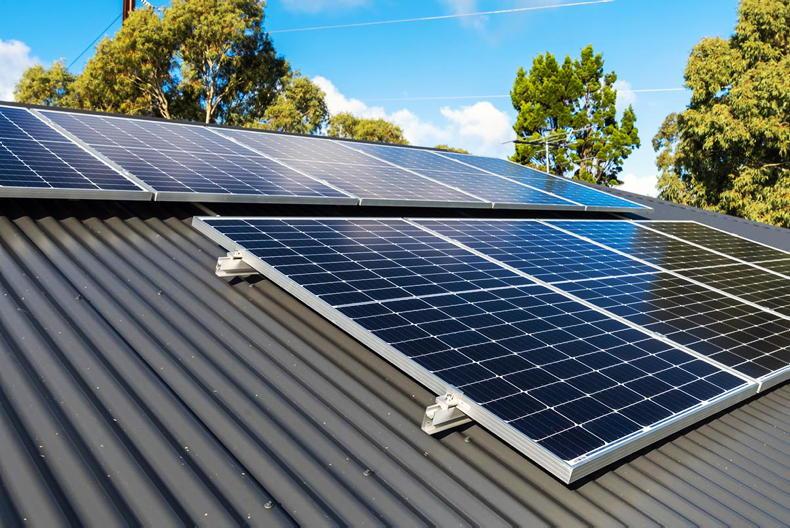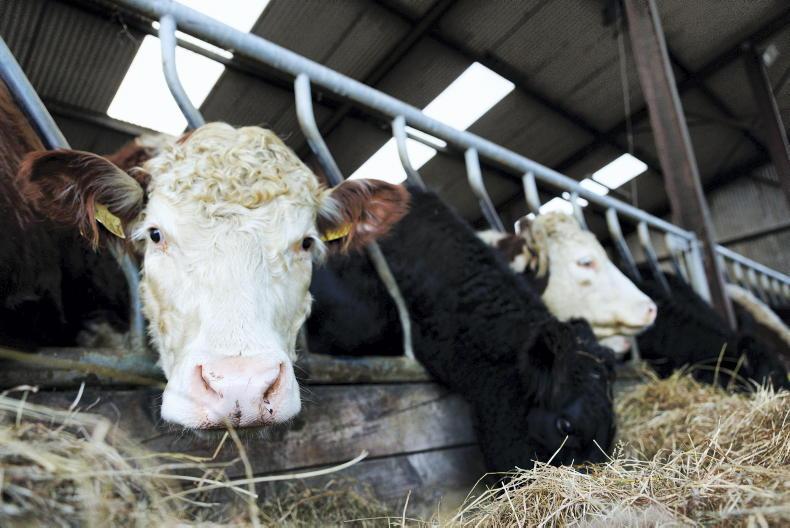The CEO of National Broadband Ireland (NBI) has said the company is still aiming to allow 560,000 home and businesses, including 54,000 farms, to have access to high-speed broadband by 2026.
Peter Hendrick admitted to the Irish Farmers Journal that there has been uncertainty over the last two years, due to COVID-19, about whether NBI was operating at scale.
It had missed its target of having passed 60,000 premises by January 2022. Instead, it had just passed the halfway mark at around 34,000.
It has passed 73,000 homes to date, with Hendrick stating that the number is growing by between 7,000 and 10,000 per month.
Before the end of this year, Hendrick has said that over 100,000 premises will have been passed and be connection-ready.
Just over 1,800 farms are connected to high-speed broadband under the plan to date, while 7,165 have been passed and are able to order broadband from a supplier.
“The original ambition was to get it all done within seven years – we’re still trying to aim for that. The programme has been behind but we’re doing everything we can to recover it. We’re coming up to the end of year three. We have a lot to do in four years.”
Furthermore, the NBI boss has said he is confident the project can be completed under its original budget, which was set with the Department of Environment, Climate and Communications.
“The 10-year budget was €2.1bn, with €500m contingency. Right now, we are coming in below that number. We’re continuously monitoring costs and supply,” he said.
Fines
However, if the company does not meet its targets, it will be subject to Government fines.
“The way the fines work, as of February this year if we don’t achieve our milestones, most of those milestones will be measured as we come to the end of the contract year. All of that will be validated at that point.
“A project is never linear. You set dates for delivering something – one might go over, one might come in earlier. We do have the ability of offsetting one with the other.
“I’ll do everything I can [so] that it won’t get hit with fines, but the reality is if we’re hit with fines for a delay we accept them.”

He is almost bullish when he states that his “objective is not just to hit our milestones, it’s to outperform them”.
“If we don’t keep the train running at speed, of course we’re going to get hit with more penalties,” he said.
Before that train could leave the station, however, the country’s existing telecom poles and ducts had to be surveyed before any fibre could be laid. This resulted in NBI having to survey each pole and duct to ensure it was fit for purpose. It surveyed 1.4m poles, Hendrick said, with a hammer test used to verify that the poles weren’t rotten. Some 13% of the poles, or 200,000, had to be replaced.
Access
When it was put to him that there were reports that the NBI was hanging high-speed broadband cables outside the gates of homes and businesses, yet these premises couldn’t access the service, he essentially said that it all comes down to the intervention map.
The intervention map was set in 2019 and the Department of Communications had to ask all commercial broadband operators where they were planning on building and delivering high-speed broadband (over 30Mb) during the rollout of the National Broadband Plan.
It sought the build plans of these companies for the next seven years, where they planned on delivering high-speed broadband and what services they were going to offer, he said.
“Ultimately, all of that input from all of the operators finalised the intervention area and that’s where we’re building,” he said.
Essentially, if your home is in the intervention area a commercial broadband supplier did not indicate in 2019 that it would be supplying your area with broadband above 30Mb speeds. Therefore, your home was placed on the intervention map.
When asked what he would say to a farmer who might be waiting to be passed for high-speed broadband, Hendrick simply said high-speed broadband is coming.
“For certainty, it’s coming. We’re operating at scale, we’re building in every single county. The opportunity of true high-speed broadband is life-changing. It’s like electricity, it’s a switch.”
Lyons or Barry’s?
Lyons.
Most recent book you read? Green Lights by Matthew ?McConaughey.
Favourite film?
Gangs of New York.
Any hobbies?
Kite-surfing.
National Broadband Plan: The National Broadband Plan aims to ensure that every home, farm and business in Ireland, regardless of how remote or rural, has access to high-speed broadband.
National Broadband Ireland: The company tasked with designing, building and operating the new high-speed fibre broadband network for rural Ireland.
Intervention area/map: Some 560,000 premises are deemed to fall outside of the range of commercial broadband operators. This map shows where these premises are located. NBI will install fibre on the areas on the map.
Fibre broadband: A type of high-speed broadband which uses fibre optic cables, via telecom poles and ducts, to connect your home, farm or business directly to one of NBI’s regional or local broadband exchanges.
When your home or farm is “passed”: Once poles and ducts have been surveyed, all of the groundworks are complete and the fibre is laid, your home or farm is deemed to be “passed”. Essentially, this means that you are connection-ready and you can order broadband through a retail broadband provider.
When your home or farm is “connected”: This means that NBI will connect your premises on behalf of your preferred retail broadband provider, with minimum speeds of 500Mb.
Megabit (Mb): Broadband speeds are measured in megabits (Mb) and gigabits (Gb) per second. These megabits are tiny bits of data, with one million bits of data in a megabit. The higher the number of megabits, the faster your broadband speed.









SHARING OPTIONS